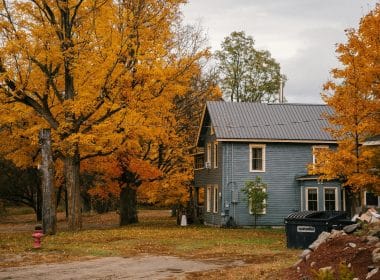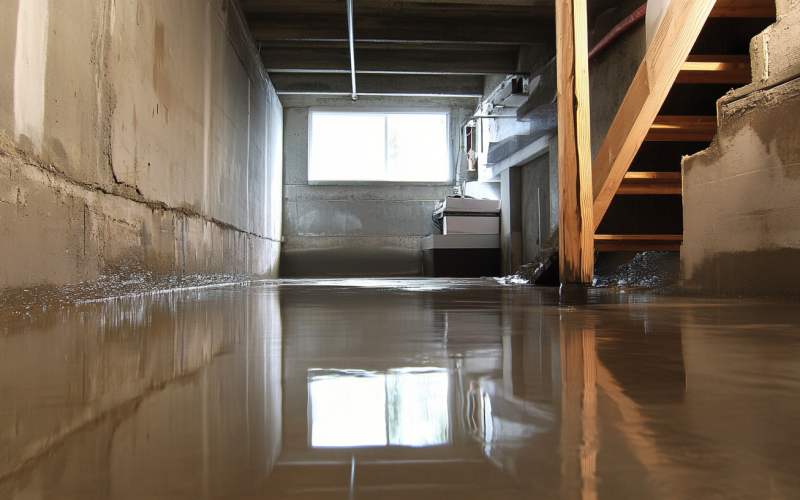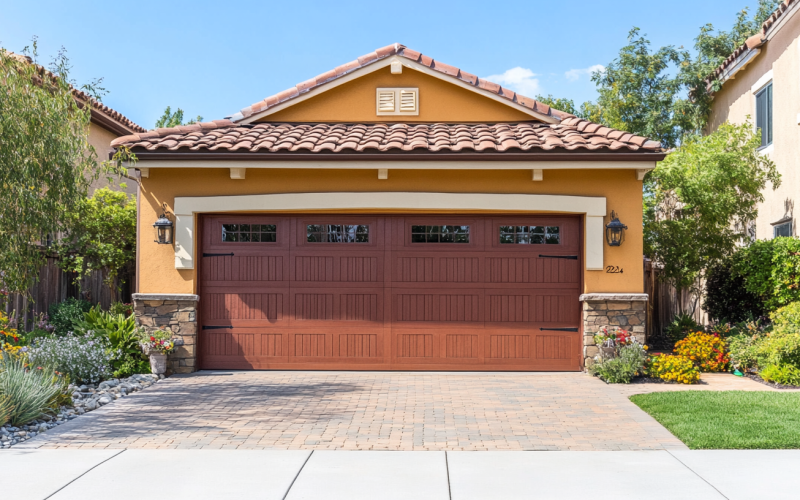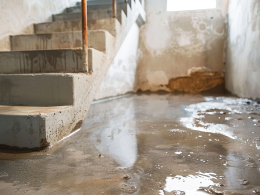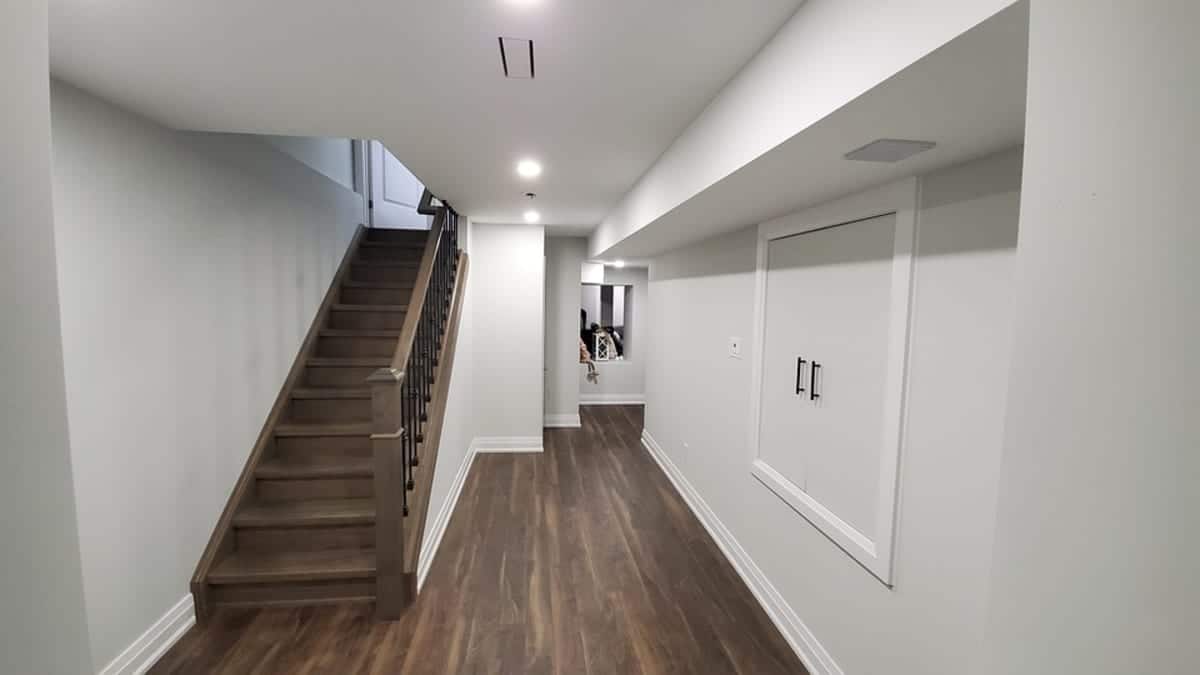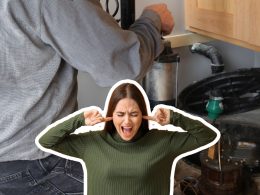A basement is more susceptible to water exposure than other areas of your home because it lies much closer to the ground. The only effective way to protect from unwanted flooding is waterproofing.
However, many homeowners encounter common pitfalls while waterproofing their basements. This article will highlight some of them and help you find useful tips on how to avoid them.
Waterproofing the Basement Using Paint
Paints can act as a defensive shield against unwanted moisture damage. They are a good choice for waterproofing basement walls for many reasons, such as:
- Easy application
- Cost-effective nature
However, only painting the walls does not get the job done. Paints start stripping from the walls after a few years. As a result, your basement walls become susceptible to dampness and the damage it causes. In addition to paint, your basement walls require other barriers to protect themselves from damage.
In addition, never rely on substandard paint for waterproofing your basement. Rather, purchase waterproof paints such as the following for this purpose:
- Epoxy paint
- Masonry paint
- Acrolein elasticized paint
Neglecting the Source of Water

One of the most common basement waterproofing mistakes is not being able to detect the actual source of moisture. Some homeowners keep fixing the symptoms of basement damage, but they are unaware of the underlying problem.
Keenly examine your basement internally and externally to identify the actual cause of damage. Try to search for hidden moisture pockets in your foundation. First, seal these areas and then start waterproofing.
Not Installing a Sump Pump
Sometimes, homeowners do install the sump pump, but the following can affect its functioning:
- Power cutoff
- The pump is going out of order for some reason
In this scenario, they should instantly get it fixed. You are mistaken if you believe your basement does not require a sump pump just because you are living in an area with a low water table. All houses need a sump pump. What will happen if you ever encounter such a problem in the future? You will end up with a waterlogged basement. So, better safe than sorry! Install a sump pump now and save your foundation from potential damage.
Improperly Installed Retractable Screen Doors
Retractable screen doors prevent excess moisture from entering your basement. These doors are responsible for:
- Provide adequate ventilation
- Illuminating your basement with natural light
- Keeping away the bugs and insects
When these doors are improperly installed, gaps are left behind. These gaps in the door frame facilitate water infiltration, thereby increasing humidity levels, which can potentially lead to deterioration.
Therefore, whenever you install retractable screen doors in your basement, properly seal off their edges and frames so that moisture can not enter your foundation.
Quickly Draining the Flooded Basements
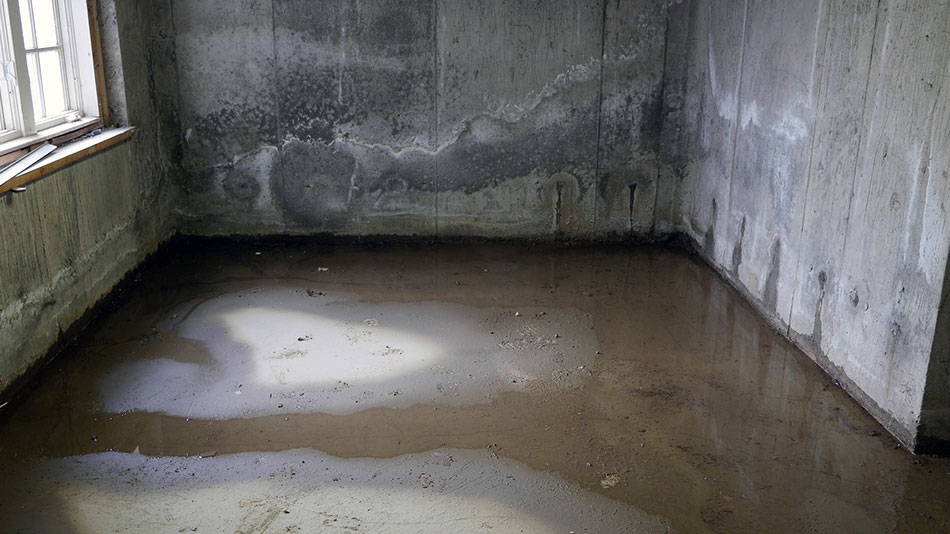
Most people try to evacuate the water out of their water-logged basement as soon as possible. Remember, being too quick with water removal can actually cause more damage.
The reason is that the soil surrounding your basement walls keeps expanding and compacting due to changes in water level. So, when you suddenly try to remove water, it can cause the nearby soil to settle, leaving gaps or cracks in your walls.
So, allow the water to leave your basement. This will give the surrounding soil ample time to adjust, saving your foundation from potential structural problems.
Ignoring Exterior Waterproofing
While attention should be paid to interior basement waterproofing solutions, exterior waterproofing should not be neglected. External waterproofing is equally important for fighting water ingress. Consider the following methods for waterproofing the exterior of your basement.
- Installing French drains
- Proper landscaping (ground sloping away from your basement)
- Painting exterior walls using waterproof paints
- Gutters and downspouts
Underestimating Foundation Cracks
Cracks or gaps in foundation walls are the primary spots for moisture accumulation. Many homeowners take these cracks lightly and overlook them, but as the water accumulates, the cracks grow and lead to severe structural failure.
Therefore, regularly examine the foundation walls for cracks, and if you find any, seal them as soon as possible using epoxy or polyurethane sealants.
Sealing Basement Cold Joints
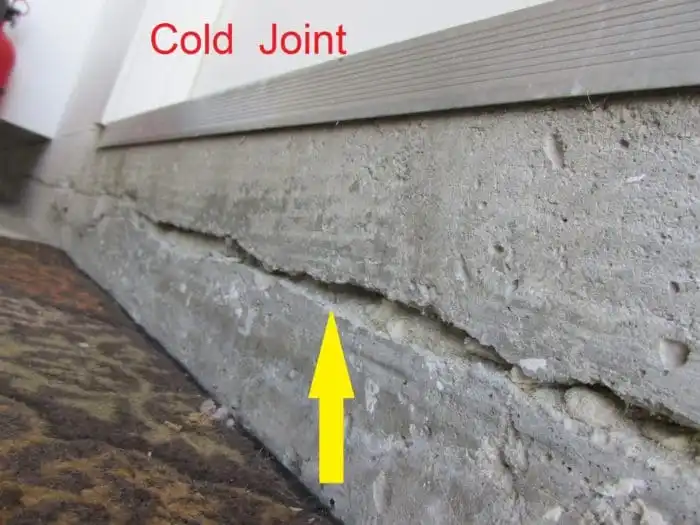
Basement cold joints help release extra hydrostatic pressure on your basement walls. Many homeowners try to seal them using hydraulic cement because they look unappealing.
Sealed cold joints can cause water to enter other areas of your basement, thereby leading to structural complications. Additionally, waterproofing experts will remove hydraulic cement from the cold joints. Therefore, never try to fill up basement cold joints with cement.
Inadequate Landscaping
Some homeowners do not pay heed to the grading and landscaping around their homes. It can lead to water accumulation around your foundation. So, always ensure that the ground slopes away from your basement. In addition, use effective landscaping techniques to remove pooled water. Such techniques include:
- Planting water-absorbing plants
- Installing rain gardens or swales
DIY Waterproofing
DIY projects are cost-effective and yield the desired results. But DIY Basement Waterproofing is not a good idea. Waterproofing a basement requires skills and adequate experience that an average DIYer does not possess. Trying to handle this task yourself can result in shortcomings and ineffective solutions.
In addition, you might end up treating the symptom only, leaving the underlying problem unaddressed. It can lead to complex basement problems in the future. It is the reason you should always seek professional assistance while waterproofing your basement.
Conclusion
Avoid common waterproofing mistakes. Never rely entirely on paints to prevent moisture. Address the causes of moisture before you begin waterproofing.
Install sump pumps, French drains, gutters, and downspouts. Always drain out your flooded basement gradually. If there are any retractable doors in your basement, make sure they are properly installed and sealed.
Never overlook the cracks in your foundation walls. Ensure proper landscaping. Lastly, do not consider waterproofing a DIY project.

